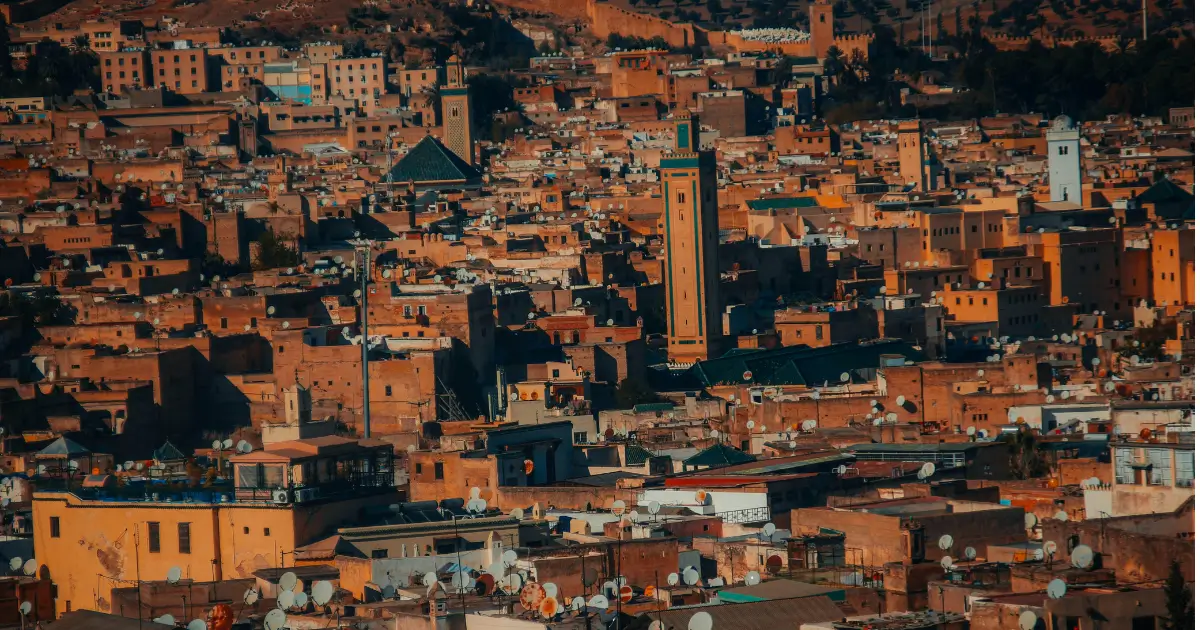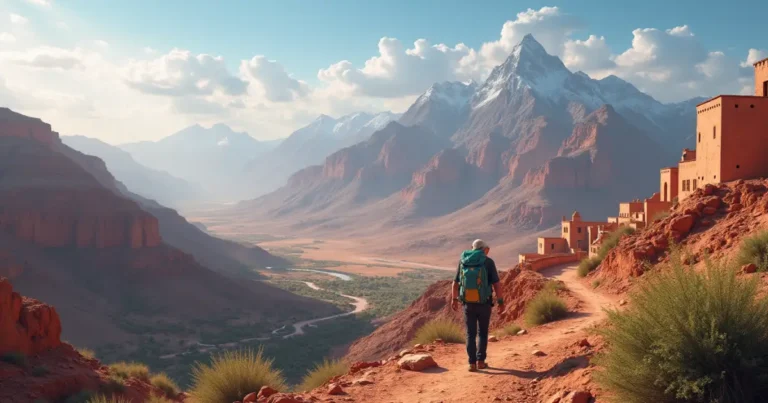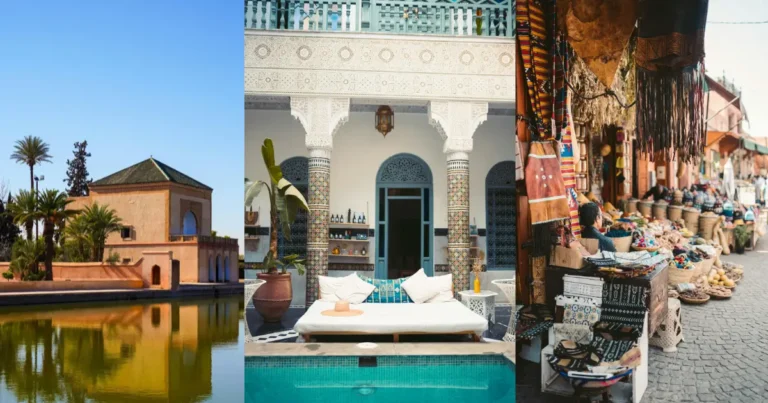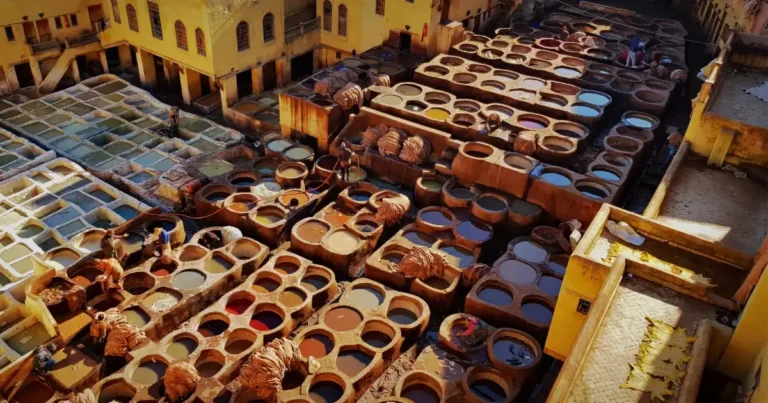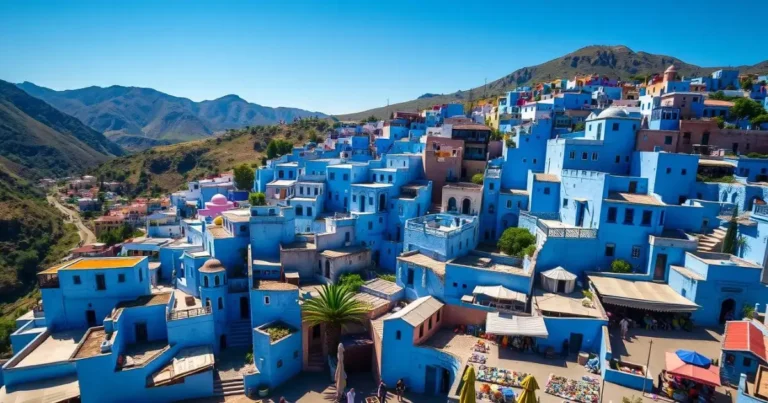Things To Do in Fes, Morocco (2025 Travel Guide)
Table of Contents
Stepping into Things To Do in Fes, Fes feels like traveling back in time. The rhythmic calls to prayer echo through narrow alleyways as artisans hammer copper pots and merchants display vibrant spices in cone-shaped pyramids. This medieval city, a UNESCO World Heritage site since 1981, stands as Morocco’s cultural and spiritual epicenter, offering visitors an authentic glimpse into the country’s rich history.
As the former capital of Morocco, Fes has maintained its position as the country’s intellectual and cultural heart. The city’s well-preserved medieval architecture, thriving traditional crafts, and dynamic cultural scene make it an essential stop on any Moroccan itinerary. To truly absorb the city’s essence and explore its many treasures, plan to spend at least one to two days here.
Exploring the Fes Medina (Fes el Bali)
The Fes Medina, known as Fes el Bali, holds the distinction of being North Africa’s oldest and largest medina. Founded in the 9th century, this ancient walled city comprises over 9,000 winding streets and alleyways, creating an intricate maze that has remained largely unchanged for centuries.
Navigating the medina can be challenging – its labyrinthine structure was intentionally designed to confuse invaders, and it continues to perplex visitors today. While getting lost is part of the experience, consider hiring a local guide or downloading an offline map to help you find your way. Be aware that some local children might offer directions for money – it’s best to politely decline these offers.
Peaceful Retreats: Jnan Sbil Gardens
When the bustling medina becomes overwhelming, seek refuge in the tranquil Jnan Sbil Gardens (Bou Jeloud). As the only public garden within the medina, this 18th-century paradise offers a welcome respite with its fountains, palm-lined paths, and abundant birdlife. Open Tuesday through Sunday from 8 AM to 7:30 PM, these gardens provide a perfect spot for afternoon relaxation.
Architectural Marvels: The Madrasas
Bou Inania Madrasa
The 14th-century Bou Inania Madrasa stands as a masterpiece of Marinid architecture. Its distinctive green minaret rises above the medina, serving as both a geographical landmark and a testament to Morocco’s architectural heritage. Unlike many religious sites in Fes, Bou Inania welcomes non-Muslim visitors, offering a rare glimpse into Islamic educational architecture. Visit between 9 AM and 5 PM (except during prayer times) for a modest entrance fee of 20 Dhs.
Al Atterine Madrassa
Located in the heart of the medina, near both the Kairaouine Mosque and Chouara tannery, the Al Atterine Madrassa showcases exquisite Islamic architecture. Open daily from 8 AM to 6 PM (excluding religious holidays), this lesser-known gem charges the same 20 Dhs entrance fee as Bou Inania.
The Famous Tanneries
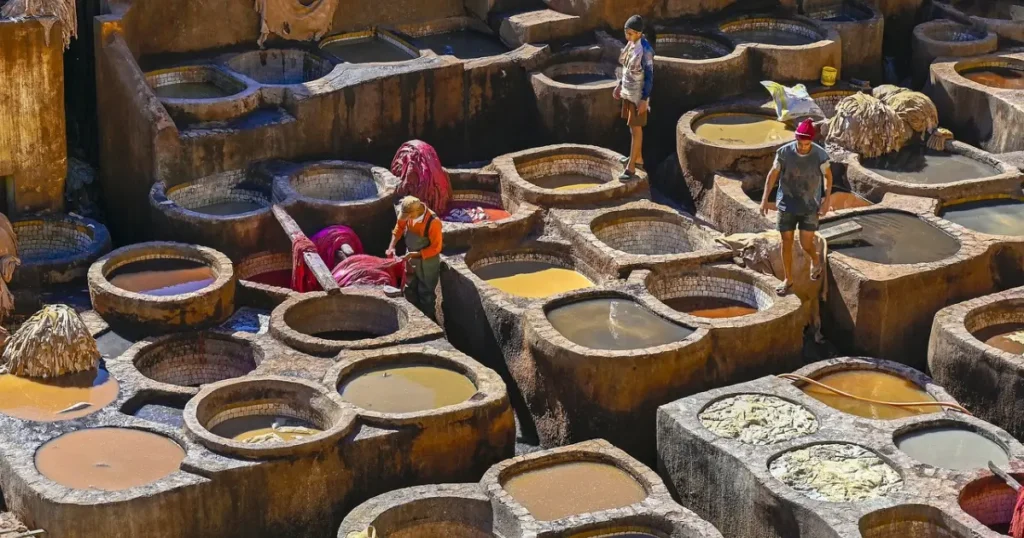
The Chouara tannery, dating back to the 11th century, holds the title of the world’s largest and oldest leather tannery. Here, traditional leather-making techniques have remained unchanged for centuries. The sight of workers treating and dyeing leather in massive stone vats creates a vivid spectacle best viewed from surrounding rooftop terraces.
Be prepared for the strong smell – locals often offer sprigs of mint to help mask the odor, though they typically expect a small payment for this service. The best views come from leather shops’ terraces, where you can observe the entire tanning process from above.
Spiritual Center: Kairaouine Mosque and University
The Kairaouine Mosque, home to what many consider the world’s oldest university, represents Fes’s spiritual and intellectual heart. While non-Muslims cannot enter the mosque itself, visitors can peek through its gates to admire the stunning courtyard and architecture. As Morocco’s second-largest mosque, it continues to serve as both a place of worship and a symbol of the city’s scholarly tradition.
Shopping and Souks
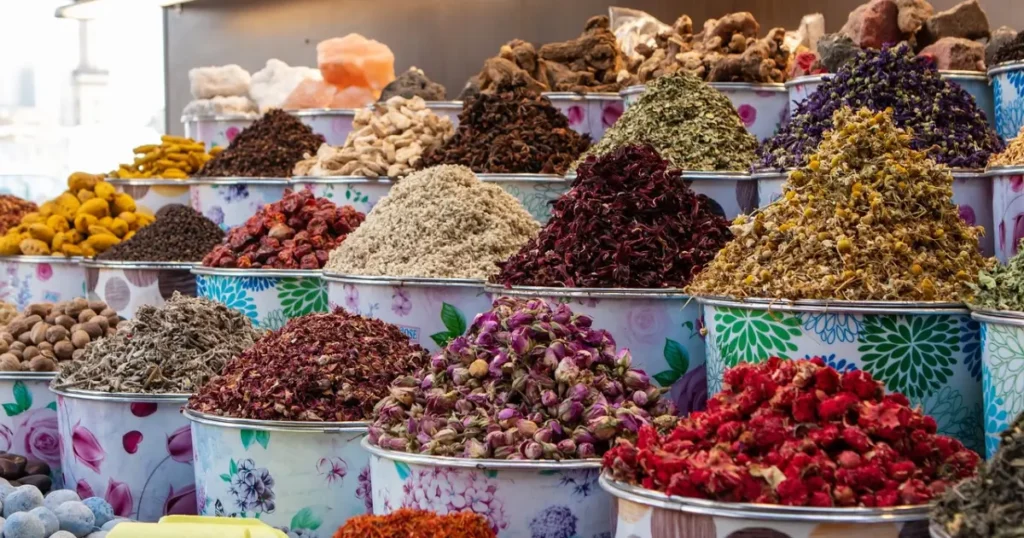
The medina’s souks offer a sensory explosion of sights, sounds, and smells. Unlike modern shopping centers, these traditional markets rely on donkeys and carts for transportation through their narrow passages. For carpet shopping, seek out the recommended shop across from Café El Khmissa, known for its honest prices and quality products.
Culinary Experiences
Don’t miss sampling fresh orange juice from street vendors – it’s both refreshing and incredibly affordable. For a more substantial dining experience, try Chez Rachid or Cafe Clock, which also offers cooking classes for those interested in learning Moroccan cuisine.
Where to Stay
For an authentic experience, choose a traditional riad within the medina. Top recommendations include Riad Sidrat Fes and Riad Iddrissy Fes, both offering comfortable accommodations with traditional Moroccan architecture and hospitality.
Getting to Fes
Reaching Fes is relatively straightforward, with regular train connections from major cities like Marrakech, Rabat, and Chefchaouen. The CTM bus service provides another reliable option. For those preferring more flexibility, Sunny Cars offers reliable rental services.
Best Time to Visit
Plan your visit between March and May or September and November to enjoy warm, sunny weather without the extreme summer heat. These months offer ideal conditions for exploring the medina and its numerous attractions.
Planning Your Royal Palace Visit
While the Royal Palace (Dar Al-Makhzen) remains in use by the royal family and is closed to visitors, you can explore Dar Batha, a former royal palace turned museum. Its traditional gardens and impressive collection of traditional crafts provide insight into Moroccan royal life and artistry.
Through its ancient streets and timeless traditions, Fes offers visitors an unparalleled glimpse into Morocco’s rich cultural heritage. Whether you’re exploring the maze-like medina, admiring architectural masterpieces, or sampling local cuisine, this historic city promises an unforgettable experience that bridges past and present.

